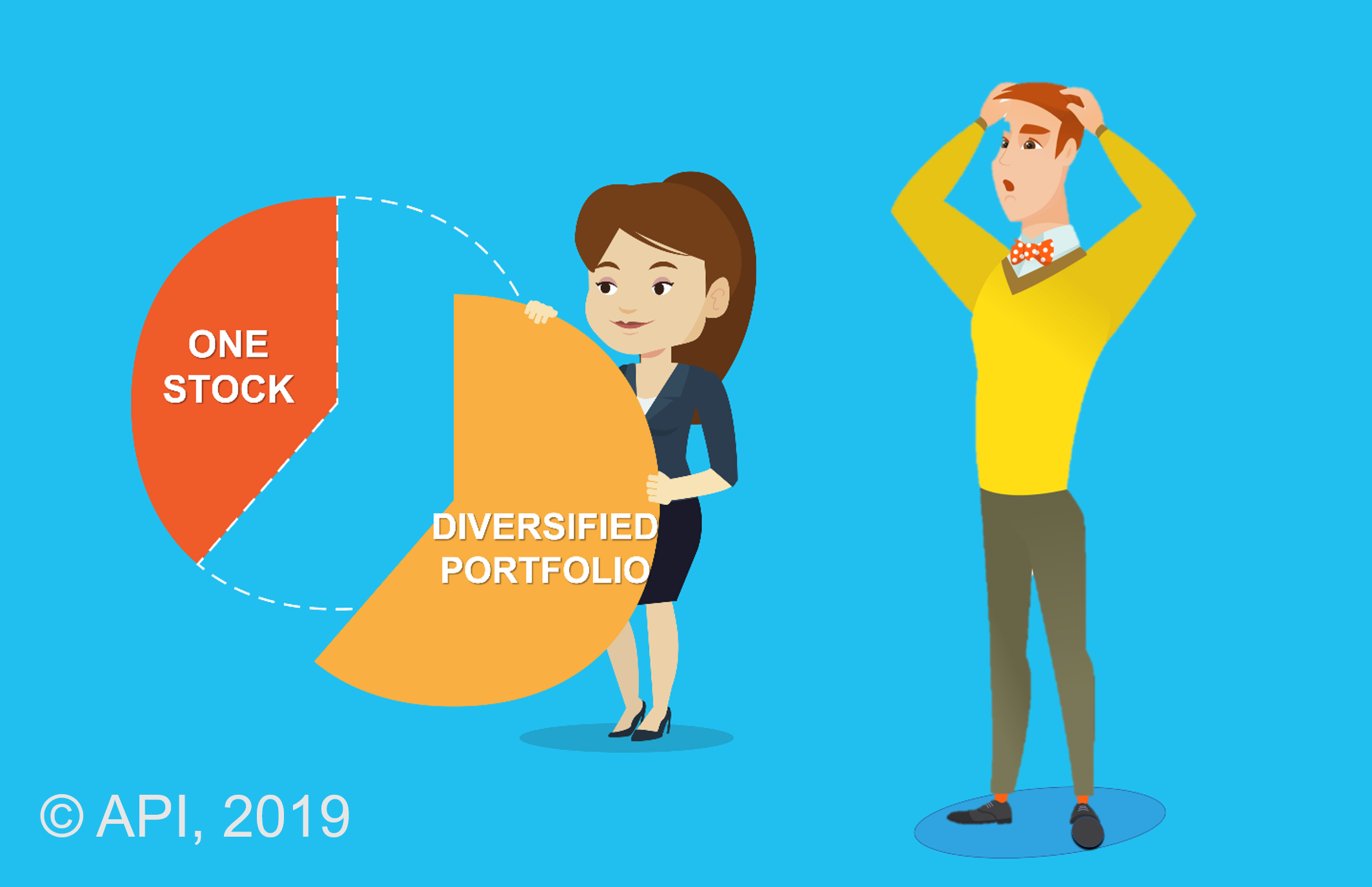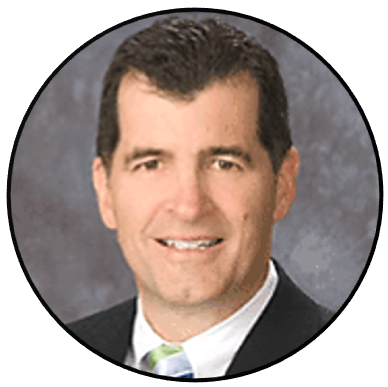How Inflation Eats Away At Retirement Plans
Most people understand that inflation can be the worst enemy of those living on a fixed income. It erodes the purchasing power of any investments that don’t go up with inflation and the portion of investments that actually do rise with inflation are taxed, further reducing the investor’s purchasing power. Because gains due to inflation are generally taxed, even those not on fixed incomes and fully invested in stocks or commodities take a hit.
Although many do understand how insidious inflation can be when it comes to their investments, they have no way of quantifying how much of an impact an increase (or a decrease) in the inflation rate will have. So it’s useful to run scenarios where we can actually see the impact of rising prices on a person’s overall wealth and retirement situation.
Using our Retirement Planner, I started out by looking at a couple that is 40-years-old and is invested 50% in equities and 50% in bonds. They have $300,000 saved and plan on retiring when they are both 62. They will also have $40,000 in recurring expenses in retirement. Inflation is assumed to be 2% per year, equities return 6% per year, and bonds return 1% per year. Under this scenario, taking into account social security payments they will receive and all taxes, this couple will not run out of money in retirement until they are 101 years old.
But what happens if the rate of inflation rises by just two percentage points to 4%? To make the scenario more realistic, I also had all annual returns increase by two percentage points as well. With inflation of 4% rather than 2%, this couple will run out of money when they are 96. Because gains due to inflation are taxed, yet expenses rise by the full amount of inflation, this couple will see their first shortfall in retirement a full five years earlier.
Now let’s look at a couple that is closer to retirement and is 55 years old. They have $300,000 in relatively safe short-term treasuries, will have $40,000 in recurring expenses in retirement, and will see their first shortfall in retirement occur at age 95. In a situation like today, inflation can be much higher than the yield on short-term bonds. So I ran a scenario where the return on their short-term bond holdings is only 0.5% and inflation again rose from 2% to 4%. Under this outcome, this couple will see their money run out not at age 95, but at age 82. With inflation rising by two percentage point, this couple just saw 13 years knocked off of their nest egg!
What these scenarios show is that inflation can severely diminish a person’s hard-earned wealth. But it is especially damaging to those on a fixed income when short-term rates are being held near zero while prices continue to rise. Not only are expenses rising as prices increase, but those on a fixed income watch their already paltry yield reduced by their full marginal income tax rate, not the lower capital gains tax rates that equity investors usually see.
So what can be done in this situation? The first thing nearly every investor should be doing is sheltering as much of their wealth from taxes as they can in tax-deferred accounts such as 401(k) plans and IRAs. That way any gains due to inflation will not be taxed right away.
One of the best hedges against inflation that works well in a tax-deferred account is Treasury Inflation Protected Securities (TIPS). The principal balance of these securities moves in tandem with the Consumer Price Index (CPI). However, it is important to keep in mind that interest and any gains due to changes in the CPI are taxed as ordinary income. That is why these securities should normally be held in a tax-deferred account, if possible. TIPS can be bought as physical securities or through ETFs such as TIP or through mutual funds such as VIPSX.

















